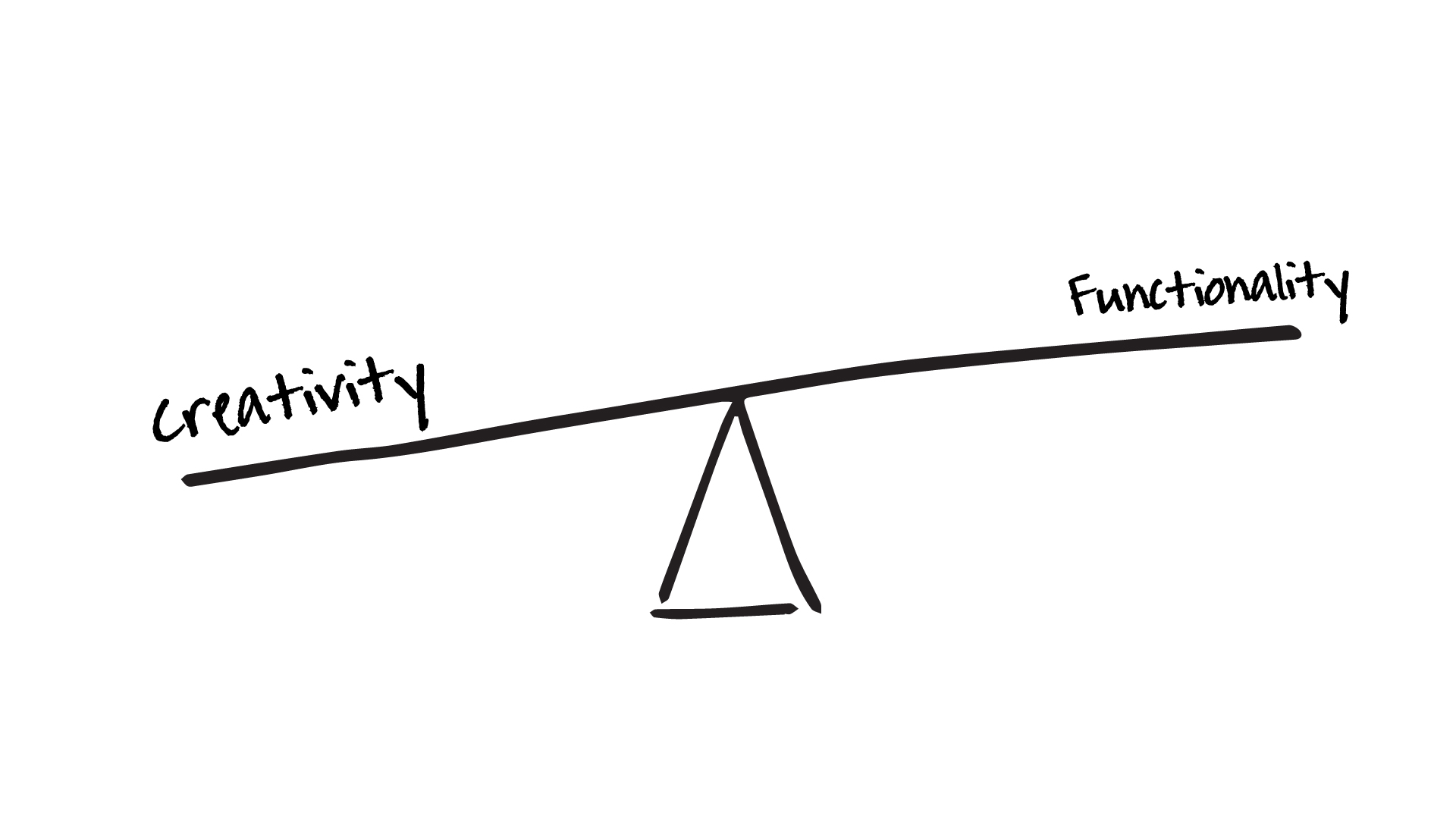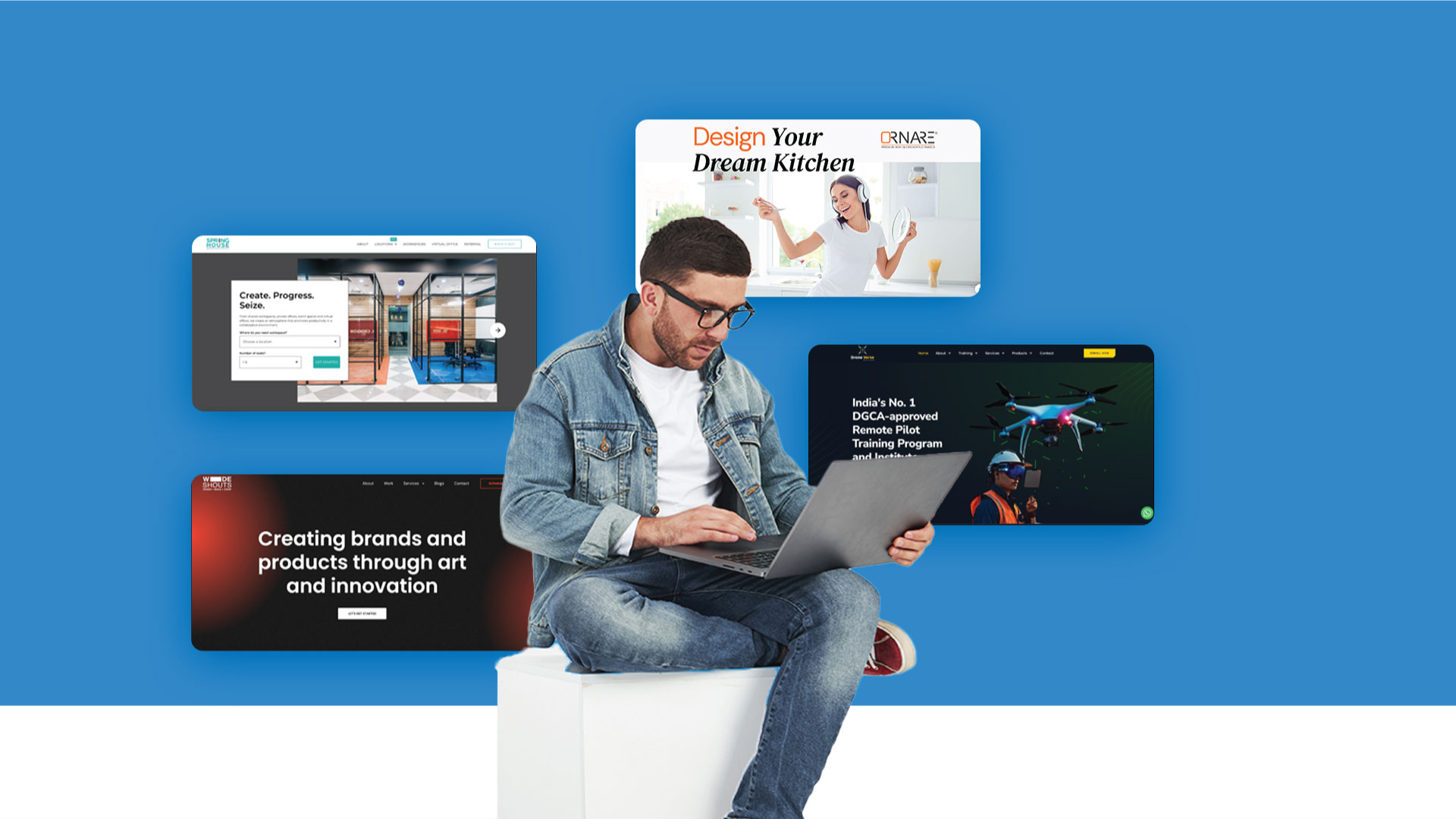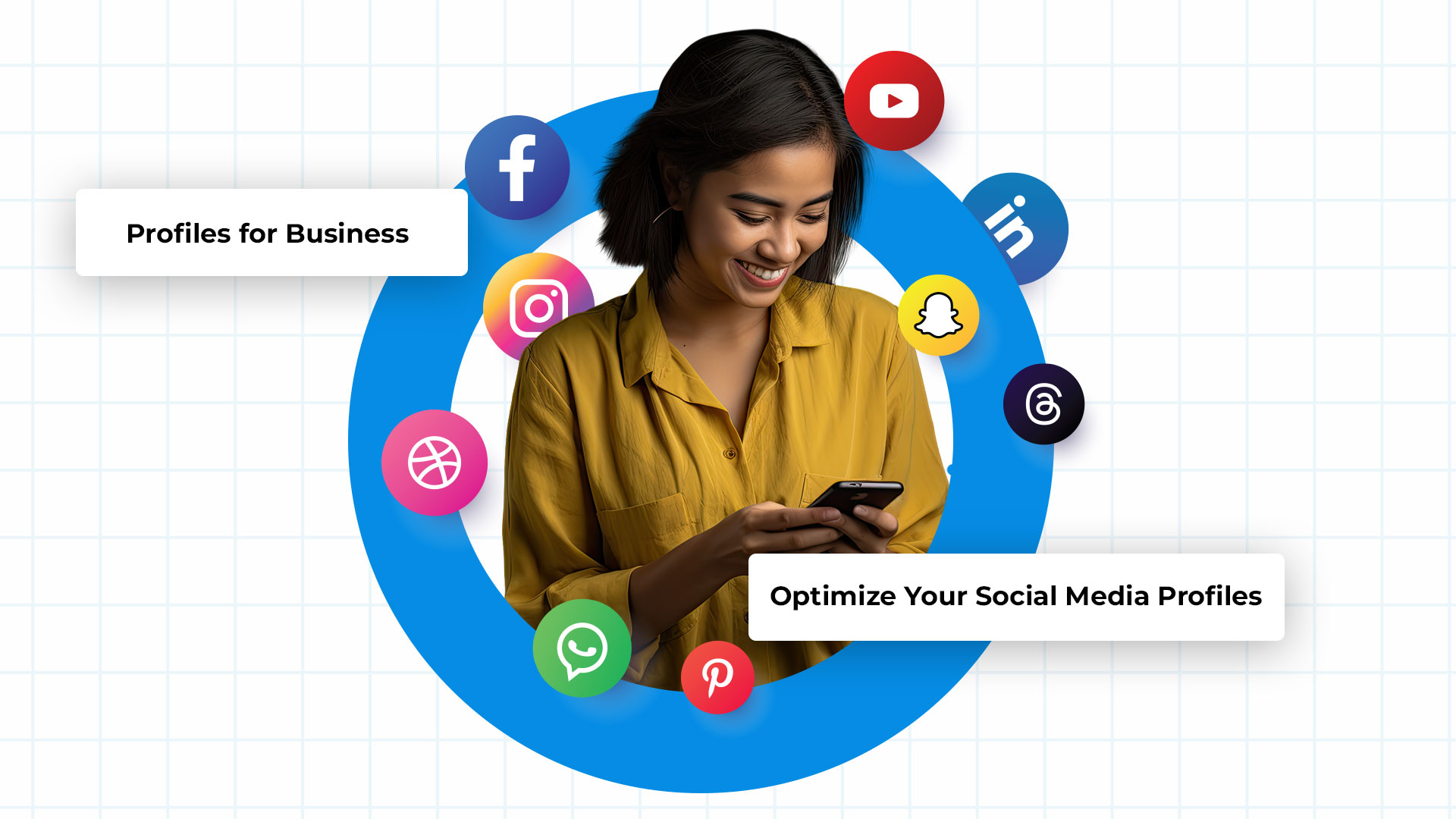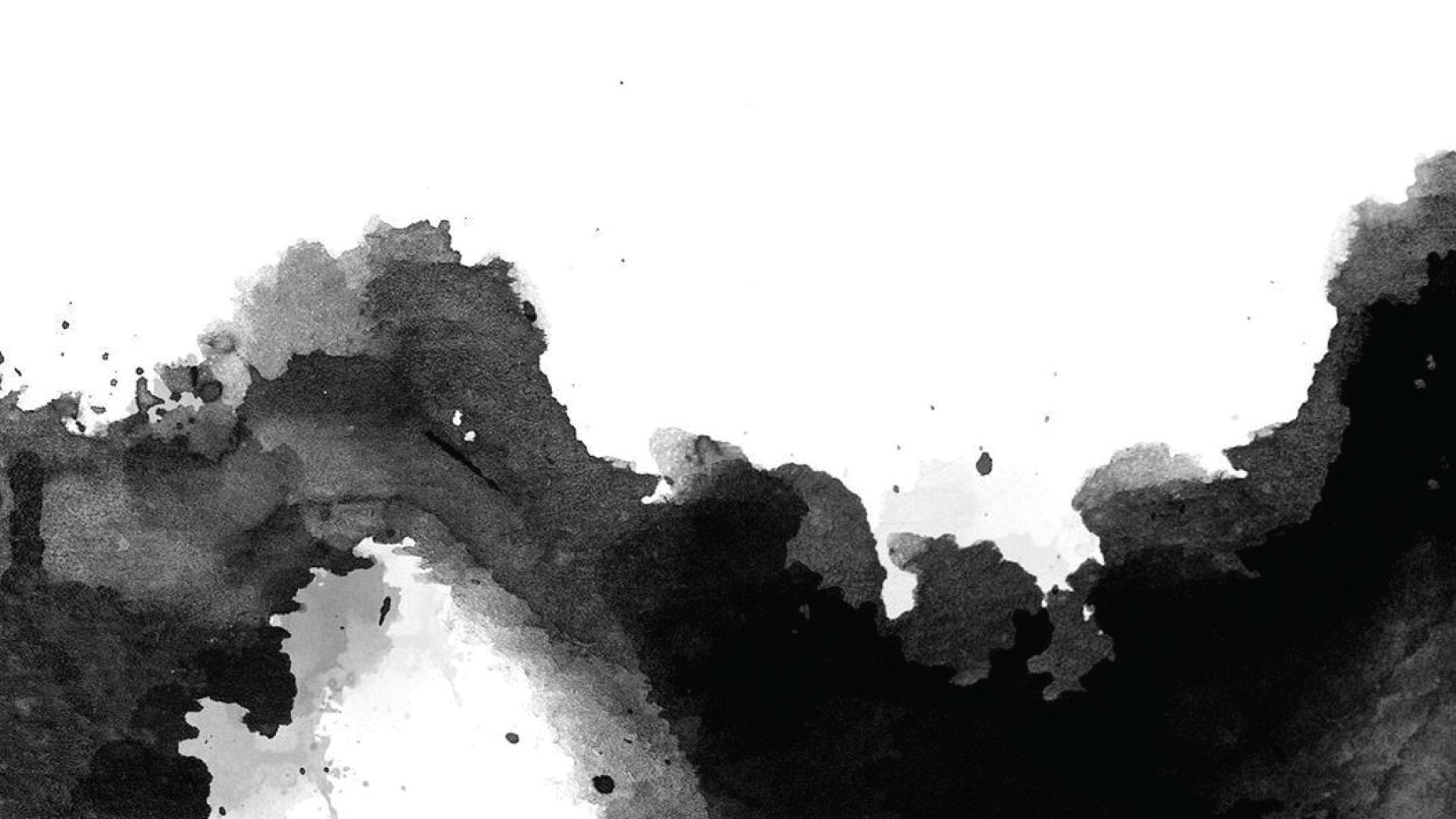Balancing creativity and functionality in design is both an art and a science. While creativity allows designers to innovate and make visually striking work, functionality ensures that the design serves its intended purpose and meets the needs of the user. Striking the right balance between these two elements is crucial for creating designs that are not only aesthetically pleasing but also practical and effective. Here’s how to achieve that balance.
Understand the Purpose of the Design
- Identify the Core Objective: Before diving into the creative process, clearly define the purpose of the design. Whether it’s a website, a product, or a marketing material, understanding the primary goal—be it driving conversions, providing information, or creating a memorable brand experience—is essential. This will guide your creative decisions.
- Know Your Audience: Understanding the needs, preferences, and behaviors of your target audience is key to ensuring that your design is functional. Creative ideas should align with what will resonate with the audience while also fulfilling their needs.
Emphasize User Experience (UX)
- Prioritize Usability: A design may look stunning, but if it’s not user-friendly, it will fail in its purpose. Consider the user journey and how they will interact with your design. Ensure that navigation is intuitive, information is easy to find, and actions are clear and straightforward.
- Aesthetic Usability Effect: Users often perceive aesthetically pleasing designs as more usable, even if they are not. However, this should not be an excuse to prioritize aesthetics over functionality. Instead, aim to create designs that are both beautiful and easy to use.
Incorporate Simplicity
- Less Is More: Simplicity is often the key to balancing creativity and functionality. Avoid clutter and unnecessary elements that may distract from the core message or usability of the design. A simple, clean design can be both creative and highly functional.
- Focus on Essentials: Strip down your design to its most essential elements. Every element should have a purpose and contribute to the overall functionality of the design. If something doesn’t add value, consider removing it.
Maintain Consistency
- Consistent Design Language: Consistency in design elements—such as color schemes, typography, and iconography—helps users navigate and understand the design more easily. It also strengthens the brand’s identity. Creative elements should adhere to this design language to ensure a seamless experience.
- Brand Alignment: Ensure that your creative choices align with your brand’s identity and messaging. A consistent brand presence across all touchpoints builds trust and makes your design more functional from a brand perspective.
Conclusion
Balancing creativity and functionality in design is a dynamic process that requires careful consideration of both the aesthetic and practical aspects of your work. By understanding the purpose of the design, prioritizing user experience, incorporating simplicity, and using creativity to solve problems, you can create designs that are not only visually stunning but also highly effective. Remember to test and iterate, maintain consistency, and stay adaptable to achieve a design that truly resonates with your audience while serving its intended purpose.



